Nepal Investment Proposal
 |
Nepal Investment Plans and Opportunities |

The Proposal
The Hand-in-Hand Initiative is supporting the Government of Nepal in its efforts to transform agri-food systems, by enhancing food and nutrition security, promoting sustainability, bolster resilience, and fostering rural development.
With 28% of arable land contributing 24% to the GDP, and the agriculture sector accounting for 62% of employment, investments in the sector aim to empower communities for dignified and decent jobs with access to healthy diet for all. This, while mitigating carbon emissions, promoting adaptation, ensuring environmental sustainability and preserving biodiversity.
The Government of Nepal has prioritized four commodities to accelerate agricultural transformation and sustainable rural development resulting in minimizing poverty and contributing to GDP: Large cardamom, Timur, Highland potato, Pangasius fish.
.jpg?sfvrsn=31d1d33c_1)
-(1).jpg?sfvrsn=739795a3_1)
.jpg?sfvrsn=cccffadf_1)
Total Investment | 22.9 Million USD |
IRR Value | 25.54% |
NPV Value | 48.8 Million USD |
Direct Beneficiaries | 18,000 |
Indirect Beneficiaries | 99,000 |
Total Beneficiaries | 117,000 |
Per capita income increase | 263.14 USD/year |
ExACT TOOL | -416,798 tCO2-e (20 yrs) |
Total Investment | 31.6 Million USD |
IRR Value | 31.7% |
NPV Value | 35.4 Million USD |
Direct Beneficiaries | 25,000 |
Indirect Beneficiaries | 137,500 |
Total Beneficiaries | 162,500 |
Per capita income increase | 119.7 USD/year |
ExACT TOOL | -176,929.5 tCO2-e (20 yrs) |
Total Investment | 8.4 Million USD |
IRR Value | 37.27% |
NPV Value | 10.57 Million USD |
Direct Beneficiaries | 6,720 |
Indirect Beneficiaries | 36,960 |
Total Beneficiaries | 43,680 |
Per capita income increase | 486 USD/year |
ExACT TOOL | -4,822.22 tCO2-e (≥ 20 yrs) |
.jpg?sfvrsn=30111343_1)
Total Investment | 12.16 Million USD |
IRR Value | 19.09% |
NPV Value | 30.89 Million USD |
Direct Beneficiaries | 750 |
Indirect Beneficiaries | 4,125 |
Total Beneficiaries | 4,875 |
Per capita income increase | 2,781.56 USD/year |
ExACT TOOL | -92,277 tCO2-e (≥ 20 yrs) |
Nepal Typologies
Poverty
Potential
Efficiency
Click on individual maps to get detailed view on FAO GIS platform
Agro-informatics connects information technology with the management, analysis and application of agricultural data to design more accurate and targeted agricultural interventions. The use of new technologies and techniques in agriculture, such as satellite imagery, remote sensing, and geographic information systems, enable the transformation of data into actionable information.
Government of Nepal: Investment cases in Nepal
Nepal Investment Cases and Interventions
| Large Cardamom22.9 Million USD117,000 Beneficiaries |
Large Cardamom
Grown in eastern hills, cardamom is an important non-perishable cash crop, with an annual production of around 8,000 metric tons. About 80% of this is exported to India, being the largest export commodity of Nepal. Given this, there are opportunities for investments to grow the crop on the hill areas in 14 target districts, as there are suitable agroclimatic conditions for its production, there is high potential market demand for pharmaceutical uses, as well as export potential. Investments are focused on value addition through processing into oil, oleoresin, powder, and drying and storage facilities.
The required investment is of 22.9 million USD, with an Internal Rate of Return (IRR) of 25.54%, benefiting directly 18,000 households, while creating employment for more than one million producers, mostly women.
| Timur (Sichuan Pepper)31.6 Million USD162,500 Beneficiaries |
Timur (Sichuan Pepper)
Nepal exports most of Timur pepper it produces annually, as demand from Europe (for Timur oil) and India run high. Currently, more than 20,000 farm holdings, as well as poorer populations, especially women, children and the unemployed, are involved in collecting the Timur fruit, while grazing cattle. Some farmers have already started planting it to rehabilitate degraded forest lands.
Investments target 4 districts for value addition (oil, powder), market diversification, and export enterprise, area expansion, improving post-harvest technologies and marketing, tissue culture, screen and net house facilities to produce quality planting material, and establishment of drying and storage facilities.
The required investment is of 31.6 million USD, with an Internal Rate of Return (IRR) of 31.7%, benefiting directly 25,000 households.
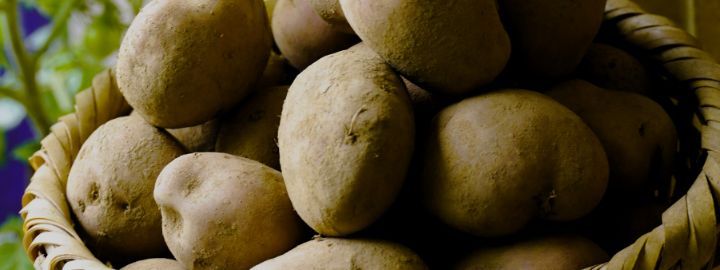 | Highland Potato8.4 Million USD43,680 Beneficiaries |
Highland Potato
Nepal has a national production of more than 3.3 million metric tons of potato, with more than 40% of the national farmers growing them. National potato consumption is around 90.2kg per capita and demand is fast growing. The country also imports large amount of potato and their by-products every year. Potato is more productive than rice and maize in the cool climate and yield gaps are currently high.
As such, there are opportunities for import substitution from India and value addition such as chips, wine and fries, as well as export potential to neighboring countries such as India and Bangladesh.
Investments are focused on reducing post-harvest loss and value addition by installation of storage and processing facilities in 4 target districts, requiring an investment of 8.37 million USD, with an IRR of 37.27% and benefiting 6,720 households.
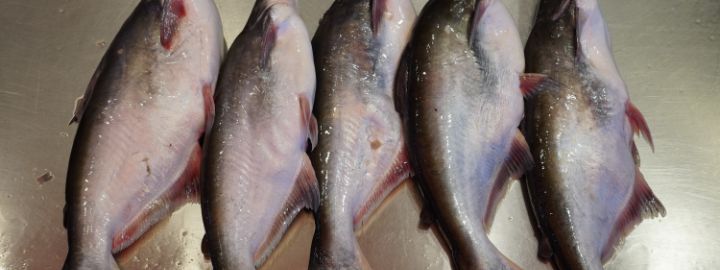 | Pangasius Fish12.16 Million USD4,875 Beneficiaries |
Pangasius Fish
With a 3.11 kg per capita consumption of fish, around 60% of national demand is imported. Therefore, an opportunity for import substation is being prioritized with investments focusing on technological adoption, infrastructure development and market expansion. Also, there are interventions for developing of feed industry and safeguarding food solutions from pond to plate.
The required investment is of 12.16 million USD, with an Internal Rate of Return (IRR) of 19.09%, benefiting directly 750 households.

Republic of Korea: Hand-in-hand from strength to strengthNepal and four other countries in the Asia-Pacific region presented their prioritized agrifood investment proposals at a forum held in June in the Republic of Korea, ahead of the HIH - IF 2024 planned from 15-17 October at headquarters. Read more... | 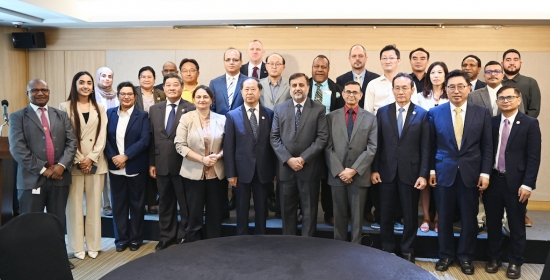 |
| |||


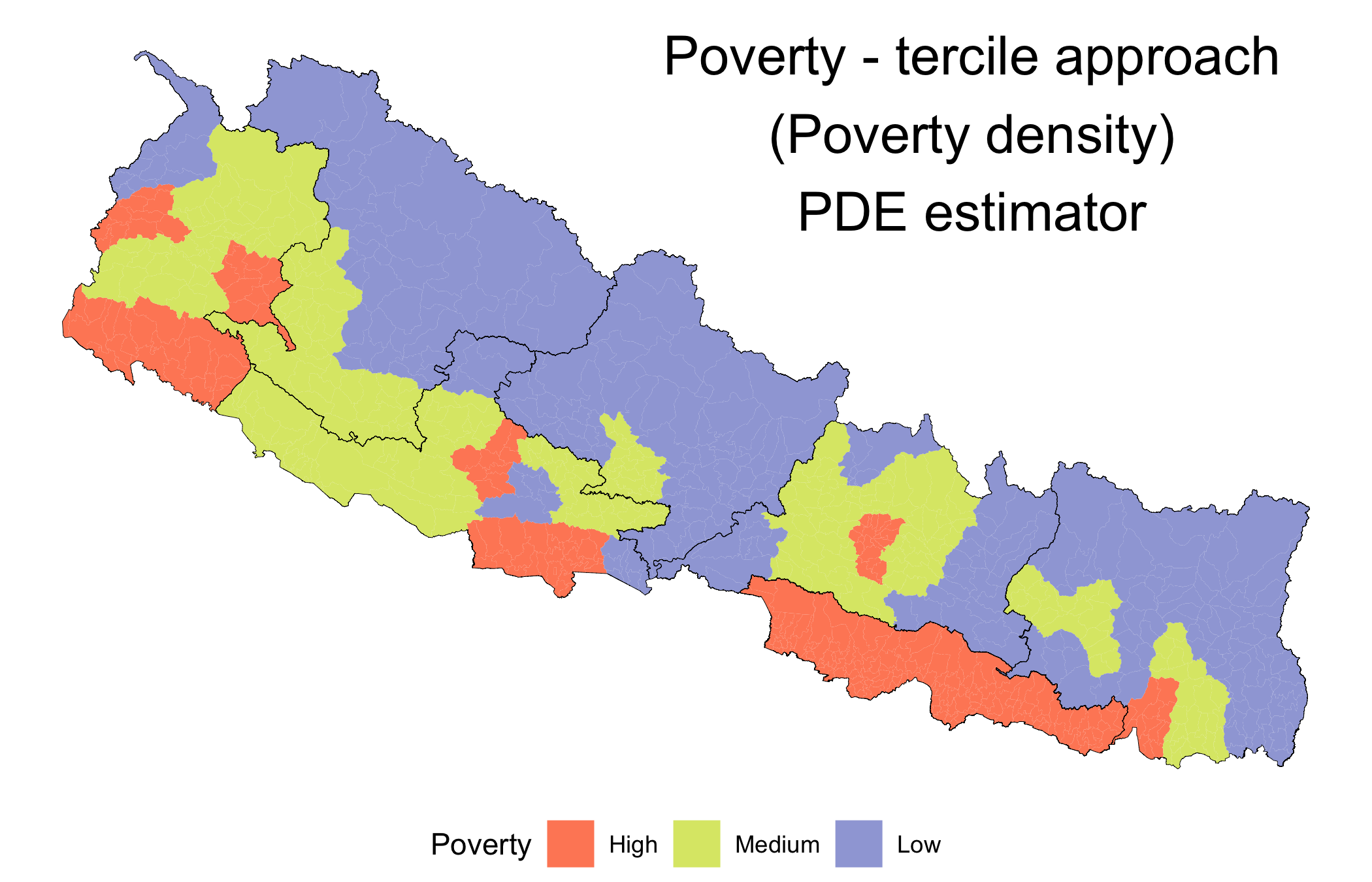

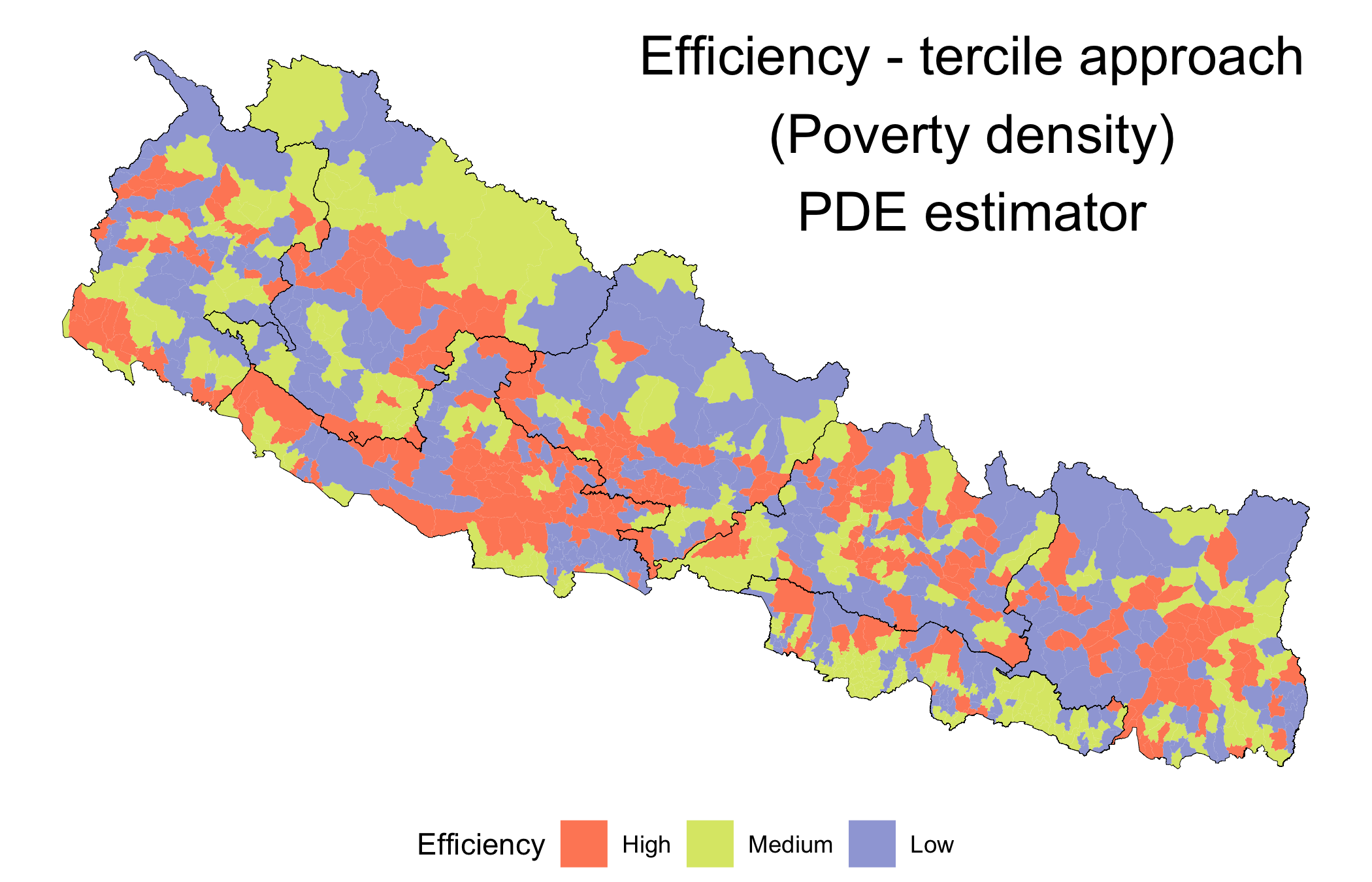
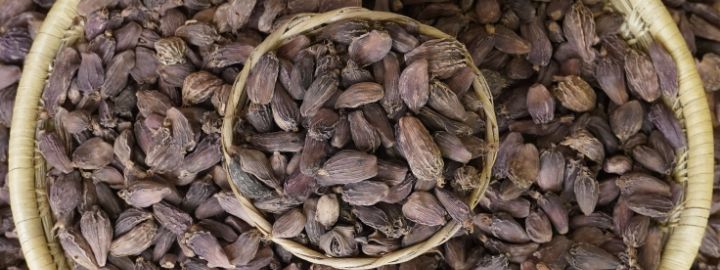
.jpg?sfvrsn=36f93f3c_1)